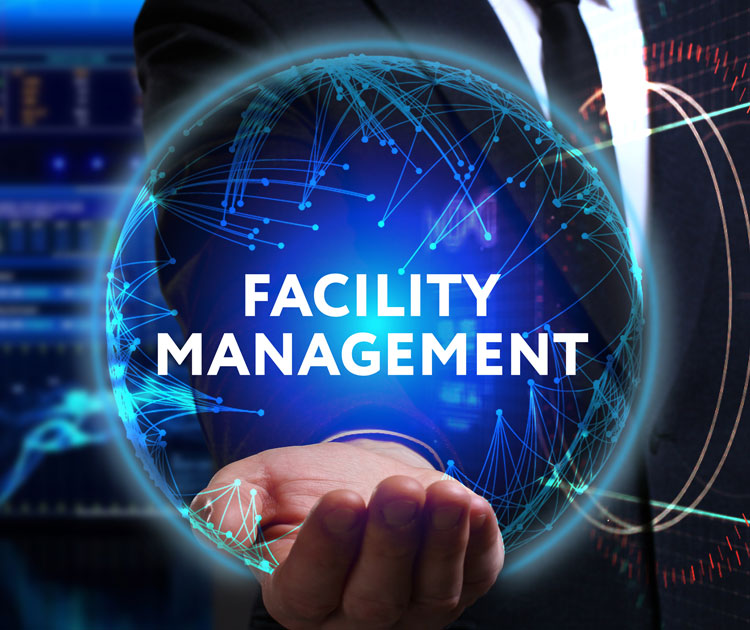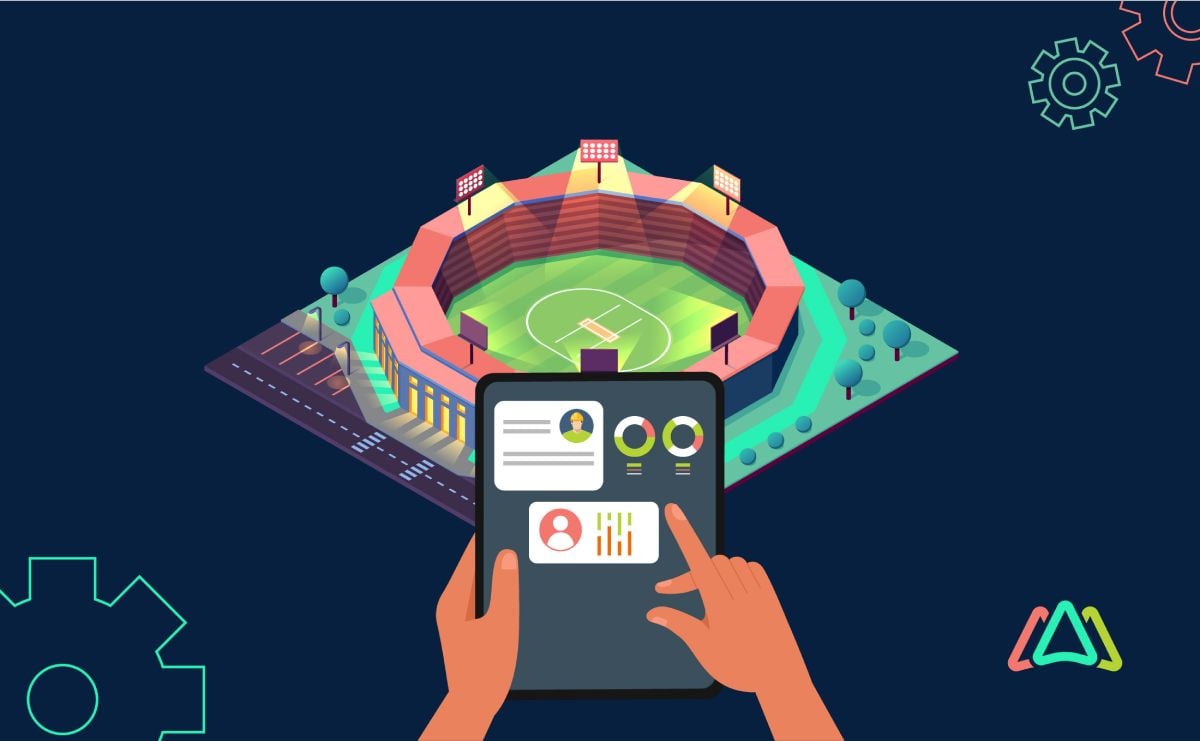Facility Management Trends That Are Shaping the Future of Office Characteristics
Facility Management Trends That Are Shaping the Future of Office Characteristics
Blog Article
The Crucial Guide to Facility Monitoring: Techniques for Success
Center administration plays an essential duty in the total success of an organization, serving as the backbone that supports efficiency, security, and productivity. By using calculated methods such as integrated technical options and fostering cross-departmental cooperation, organizations can significantly boost their functional foundations. The nuances of efficient facility monitoring expand beyond mere logistics and need a thorough understanding of both measurable and qualitative metrics. As we check out these necessary approaches, a closer assessment reveals exactly how they can change not just centers, however the very culture within a company itself. What might these changes appear like in practice?
Understanding Facility Administration
What comprises reliable center monitoring? Effective facility monitoring incorporates the control of various organizational functions to make sure that constructed environments are safe, efficient, and for performance. Facility Management. It incorporates the principles of organization, architecture, and design monitoring to develop a smooth functional circulation within an organization
Crucial element of facility management include space preparation, upkeep administration, and compliance with health and security guidelines. Area planning concentrates on maximizing using physical resources to support organizational goals, while upkeep administration guarantees that facilities are maintained in optimum problem, making best use of life-span and minimizing operational prices. Conformity with regulatory and lawful requirements is crucial, as it safeguards the organization against possible obligations and enhances its online reputation.
Moreover, effective center monitoring depends on the strategic use technology, such as Structure Administration Systems (BMS) and Computer-Aided Center Administration (CAFM) devices. These innovations facilitate real-time surveillance of building systems and enhance upkeep processes. Inevitably, a detailed approach to facility administration not just promotes functional effectiveness however also promotes a positive setting for visitors and workers alike, driving general organizational success.
Trick Approaches for Optimization
Optimizing facility administration calls for a calculated strategy that lines up functional practices with organizational goals. To attain this, the first crucial strategy is the application of incorporated technical services. Making use of advanced software application systems permits for real-time monitoring of facility procedures, promoting data-driven decision-making and enhancing total performance.
Secondly, regular evaluations of center performance are crucial. Conducting regular inspections and audits allows center supervisors to recognize areas that need improvement, making sure that sources are alloted effectively. This proactive method helps in lessening downtime and boosting solution distribution.
Another crucial strategy is promoting partnership throughout divisions. By urging open interaction in between groups, center supervisors can much better straighten their approaches with organization objectives, causing boosted functional harmony. In addition, involving personnel in training programs advertises a society of liability and boosts their capacity to add to optimization efforts.
Enhancing Security Procedures
Reinforcing safety and security methods is necessary for producing a safe atmosphere within facilities. A comprehensive safety protocol not just secures site visitors and staff members however also enhances functional effectiveness. To achieve this, facility managers should perform normal threat assessments to guarantee and identify possible dangers that suitable measures remain in location.
Training and education and learning are vital components of effective safety methods - Facility Management. Workers ought to obtain continuous training in emergency procedures, devices handling, and personal safety steps. Regular drills, such as fire emptyings or lockdown procedures, foster experience and preparedness amongst staff
Furthermore, clear communication networks need to be established to report safety worries promptly. This consists of creating an easily accessible platform for employees to articulate potential dangers or incidents without concern of reprisal. Additionally, leveraging technology can boost precaution; as an example, carrying out surveillance systems and accessibility controls assists monitor facility tasks and limit click here unauthorized entrance.
Lastly, conformity with regional laws and industry requirements is non-negotiable. Routine audits and testimonials of security protocols guarantee positioning with existing regulations and best practices. By focusing on these techniques, facility managers can grow a culture of security that safeguards all stakeholders and inevitably adds to the company's success.
Improving Work Environment Setting

Ergonomic considerations are vital to lessen physical pressure and pain. Facility Management. This includes offering flexible furniture, proper illumination, and ample website room for motion. These modifications can cause decreased absenteeism and boosted work satisfaction
Aesthetics play a vital duty fit the work environment environment. Using color psychology, natural lights, and plant can promote a boosting and welcoming atmosphere. Thoughtfully made rooms can increase creativity and improve general wellness.
Furthermore, encouraging staff member interaction through comprehensive decision-making procedures can enhance the sense of possession and belonging. Gathering responses on work environment improvements and entailing workers in the design procedure can cause a more customized atmosphere that meets their requirements.
Lastly, advertising wellness initiatives, such as health cares and relaxation areas, can further add to a helpful work environment culture. By concentrating on these techniques, center managers can properly improve the office atmosphere, driving both worker contentment and organizational success.
Measuring Success in Facilities
Gauging success in center administration requires a detailed approach that examines both quantitative and qualitative metrics. Measurable metrics commonly consist of key efficiency indications (KPIs) such as area application rates, energy intake, upkeep costs, and tenancy levels. These metrics supply a clear photo of operational effectiveness and economic performance, enabling center managers to determine locations for renovation and benchmark against market criteria.
Qualitative metrics, on the other hand, focus on customer satisfaction and worker interaction. Studies and feedback mechanisms can assess how well the facilities satisfy the requirements of owners, helping to assess the overall office environment. This element is vital, as a completely satisfied workforce is frequently linked to enhanced efficiency and retention prices.
To properly gauge success, center supervisors should also consider integrating innovation, such as constructing monitoring systems and information analytics devices, to accumulate and examine appropriate information. On a regular basis assessing both collections of metrics permits an extra well balanced sight of efficiency and notifies tactical decisions. Ultimately, a successful facility monitoring technique rests on a commitment to constant improvement, guaranteeing that both operational performances and customer contentment are focused on.
Verdict

Facility management plays an important function in the general success of an organization, serving as the backbone that supports productivity, security, and performance.Key elements of facility monitoring consist of area preparation, maintenance management, and compliance with health and wellness and safety and security laws.Moreover, reliable facility management counts on the strategic usage of technology, such as Building Administration Solution (BMS) and Computer-Aided Facility Monitoring (CAFM) devices. Eventually, a thorough method to facility management not only promotes functional performance but check here additionally promotes a favorable atmosphere for workers and visitors alike, driving general organizational success.
Ultimately, a successful center monitoring approach hinges on a commitment to continual improvement, making sure that both operational performances and individual satisfaction are focused on.
Report this page